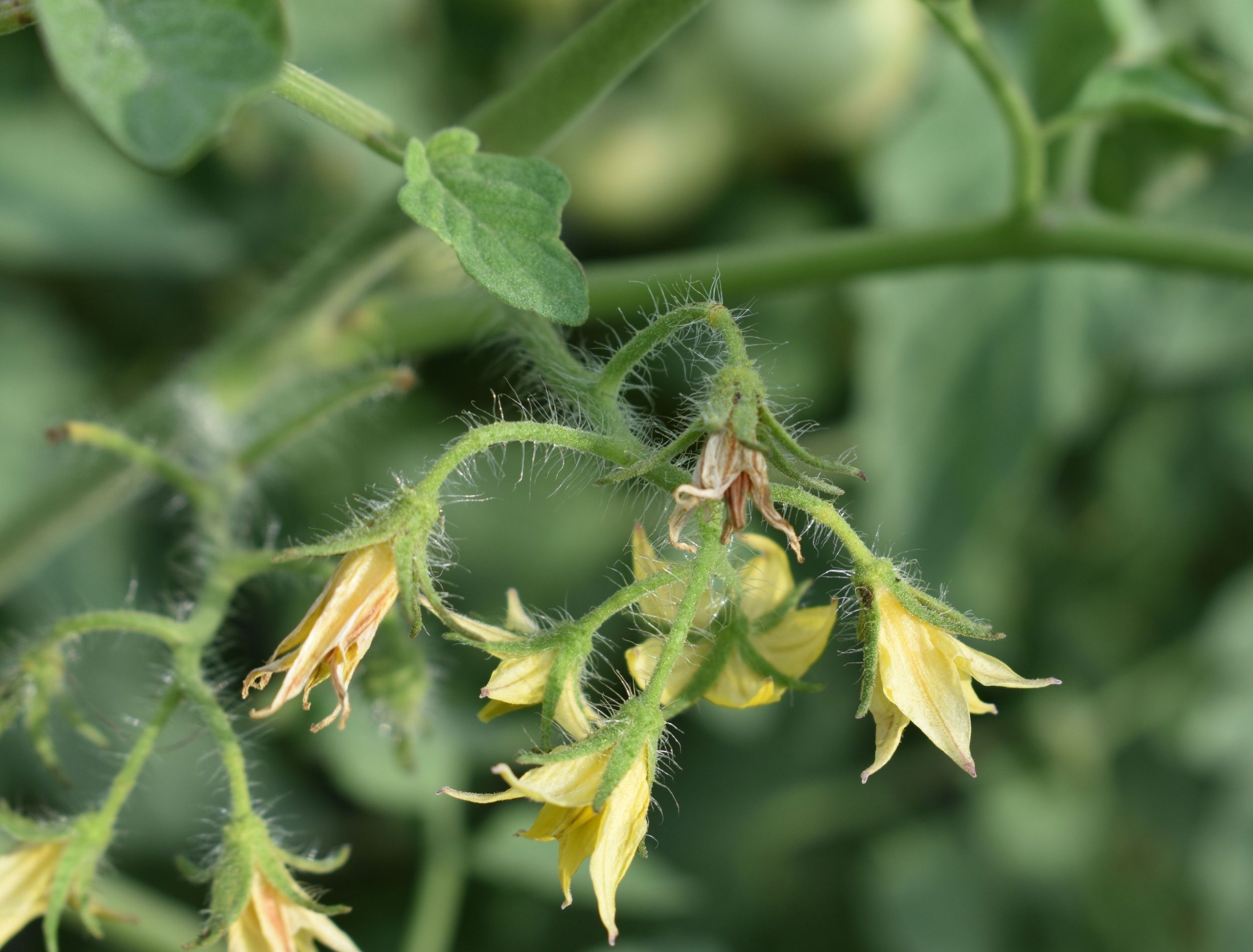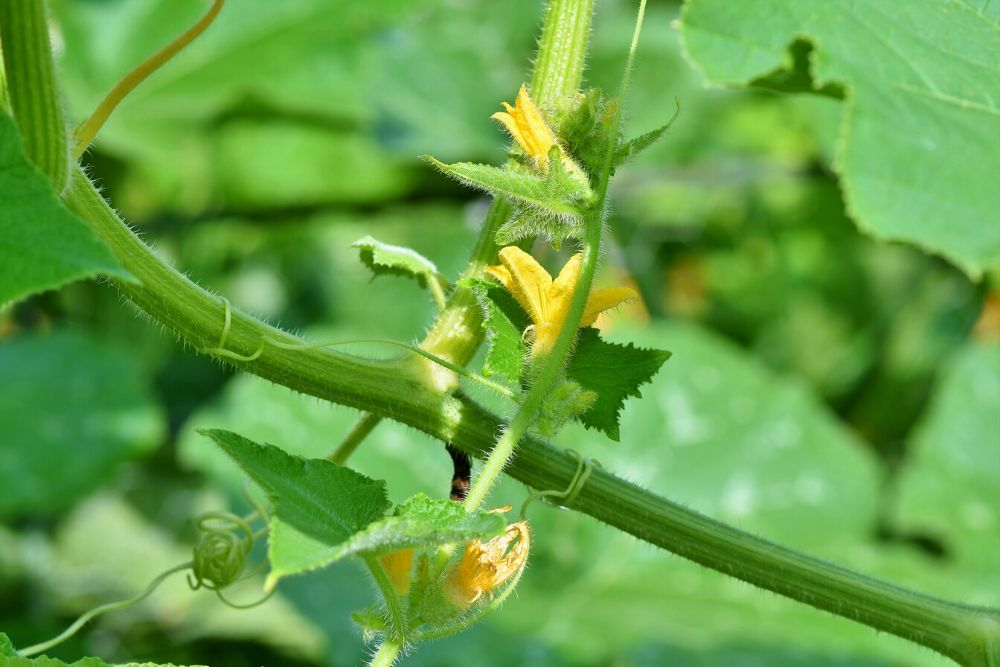Tomatoes are delicious and popular vegetables to grow in your home garden. There are many varieties that come in all sorts of colors, sizes, and flavors. However, no matter what types of tomatoes you're working with, a common problem that gardeners face is blossom drop. This means your tomato plant blooms without producing any viable fruit which can be a bummer.
Keep reading to learn more about what causes blossom drop and what you can do to prevent it from happening to your tomatoes year after year!
What Causes Blossom Drop?
Image credits: Ralph via Pixabay
Blossom drop is a common condition that tomato plants and other vegetables like peppers and snap peas can experience. When blossom drop occurs, the plant blooms, but the flower quickly dies and falls off the plant without having a chance to successfully develop into any fruit.
There are various nutritional and environmental factors that can be responsible for causing blossom drop. Here are the most common ones!
Temperature
If tomatoes are exposed to intense heat or cold for several days in a row, this is likely to shock your plant. When daytime temperatures reach as high as 85 degrees Fahrenheit or nighttime temperatures drop as low as 55 degrees Fahrenheit, the chances of blossom drop occurring are almost inevitable.
Humidity
An ideal level of humidity for tomatoes is between 40 percent to 70 percent. If it’s anywhere above or below this, the plant’s ability to become pollinated will be interrupted. If humidity is too low, the pollen dries out and cannot properly stick to the female part of the flower known as the stigma. When humidity is too high, the pollen becomes sticky and gets stuck to the male part of the flower called the stamen. In either case, successful pollination cannot occur.
Nutrient Imbalances
Tomatoes require a balanced amount of nitrogen in their soil to grow. Nitrogen is an essential soil element that supports healthy plant development. However, adding too much will cause the plant to navigate its energy towards growing lush and large leaves and vines, instead of flowers and eventually fruit. On the other hand, low nitrogen causes weak leaves and stems to form that cannot support the development of fruit.
5 Ways to Prevent Blossom Drop
Image credits: Hartono Subagio via PIxabay
You may not be able to control the environmental conditions your tomatoes experience at all times. However, there are a few things you can do to minimize their potential negative consequences, and help reduce the chances of blossom drop. Here are five things you can do!
1. Grow Climate-Friendly Varieties
When selecting varieties of tomatoes to plant, it’s a good idea to consider those that are friendly for your climate. This means they’ll be able to tolerate the typical weather conditions your area experiences. If you live in a location that may be prone to heat waves, go for a heat-tolerant type like 'Heatwave,' 'Solar Fire,' or 'Summer Set.' If you live in a region that may get cooler nights or cold wind fronts, go for bush beefsteak, 'Black Prince,' or 'Celebrity' varieties.
2. Water More Often When Temperatures Soar
When the forecast shows hot days ahead, make sure to schedule in some extra waterings for your plantlings! They’ll need the extra moisture that will otherwise evaporate in the hot summer sun.
3. Cover Your Tomatoes With a Grow Dome When Temperatures Drop
If temperatures are dropping overnight in your area, protect your tomatoes with a grow dome. These covers will shield your tomatoes from cold by creating a barrier.
4. Add Mulch for Additional Temperature and Humidity Control
Adding mulch to your garden bed is one the easiest ways to naturally protect your tomatoes from ranging temperatures. Mulch is beneficial because it helps soil hold onto moisture by reducing water loss at the surface level. It helps with moderating the temperature of the soil as well, so it stays warm when it’s cold out and cool when it’s hot out.
5. Keep up With Proper Soil pH and Nutrient Levels
Tomatoes thrive in soil that has a pH level of 6.2 to 6.5 and a strong balance of nitrogen, potassium, and phosphorus. It’s useful to test your soil at home so you know what you’re working with before planting and throughout your garden’s life. As your tomatoes develop, use a slow-release organic fertilizer roughly every two weeks. This will help ensure they don’t have any nutrient deficiencies.
Get Ready for Thriving Tomatoes
Blossom drop can be a frustrating issue to deal with. However, with the right care and attention, it can be prevented and you’ll be well on your way to growing healthy and delicious tomatoes.
How has your tomato growing experience been? Have you come up with any other creative ways to help prevent blossom drop? Share your story with other home gardeners below!



